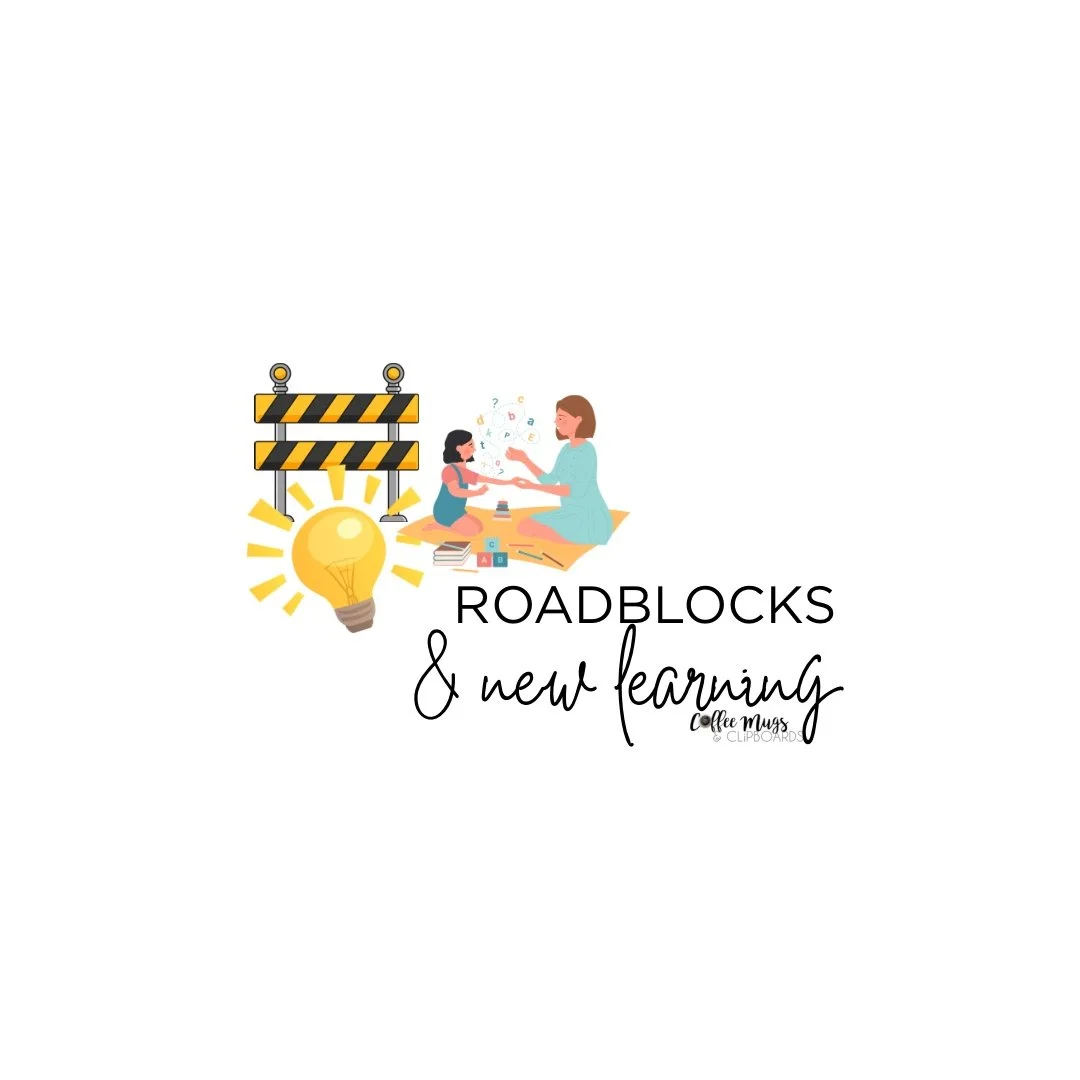
Putting Holiday Plans Into Action
We close out this quarter and the last month of 2025 with last minute preparations for the big holidays this month, ways to create calm & predictability for your learner, embracing the positives of the holidays as well as how to manage the overwhelm and transition into a new year.

Planning For The Holidays
For November, we’re kicking off the holiday planning and preparation for November and into December as we support our learners navigating routine changes & self regulation, handling holiday travel & social gatherings as well as navigating family dynamics & expectations.

A Year in Reflection
October is all about preparing for the upcoming holiday changes this month and into November while looking back at what worked (and didn’t work) for your learner and family last holiday season.

The Holiday Season for Neurodivergent Learners (Quarter 4)
The last quarter of 2025 is here & it’s time to talk about various ways to support your learner throughout the holiday season between October and December. Whether you’re getting ready for holiday celebrations, family gatherings or looking back on the year with your family, we’ll be talking through it all.

Roadblocks & New Learning
New school years offer its fair share of challenges and “road blocks”. New teachers, new routines, new learning and more. It can be a lot for our learners to adjust to. This month we’ll discuss ways to support your learner when these changes arise.
